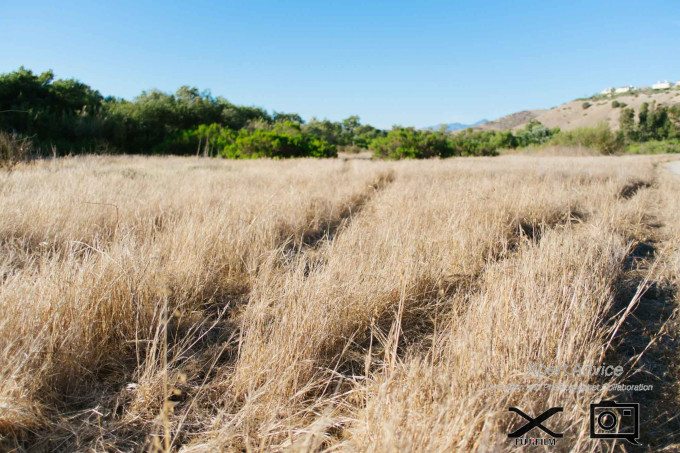For many years, landscape photographers considered Fujifilm Velvia film to be the cream of the crop. As photography evolved and digital became more popular, new methods developed in the image creation process. Lots of the time, landscape photography is filled with technical questions that can get in the way of simply taking a better photo. All you really need is just a good lens and your camera, but extra accessories like a graduated ND filter, a variable ND filter, and a sturdy tripod can also help.
Oh right, and always shoot in RAW!
One of the keys to shooting and creating better landscape images has to do with shooting for the mid tones. Mid tones are typically associated with the colors in a scene that aren’t at the extreme ends of an image’s exposure range. To make this simple, if you’re shooting in black and white: white would be associated with the highlights, black the shadows and gray would be for the mid tones. It gets more complicated when shooting in color and varies greatly based on the individual scene you’re photographing.
Generally what you’ll want to do is look at the scene carefully on your camera and check the histogram reading. Luckily, Fujifilm X series cameras let you display that information in the viewfinder or on the LCD screen. Once you’ve metered the scene to what the camera thinks is perfect balanced based on the evaluative metering mode, consider the following:
- If the scene is mostly dominated by highlights, then underexpose according to the mid tones to get more from the highlights.
- If the scene is mostly dominated by shadows, then overexpose according to the mid tones to get more from the shadows.
Of course, how much you overexpose or underexpose varies according to each individual scene and how much light is really present. However, in our tests, we’ve found that Fujifilm’s X-Trans Sensor is highly capable of capturing more information in the highlights than typical CMOS sensors can. This is also where a graduated ND filter can really help since it can lessen the effects of the highlights and create an image with less contrast in the scene–which is what we’re aiming for.
Most of the magic of landscape photography happens in the post-production phase where you start to crush the highlights, boost the shadows, or add contrast while boosting clarity. If you’re using Adobe Lightroom, then working with the individual color channels and applying the Fujifilm Velvia color profile can also really help.
Have fun shooting!
Xpert Advice is a monthly collaboration between the Phoblographer and Fujifilm designed to teach you photography tips and tricks in a bite-sized package.


